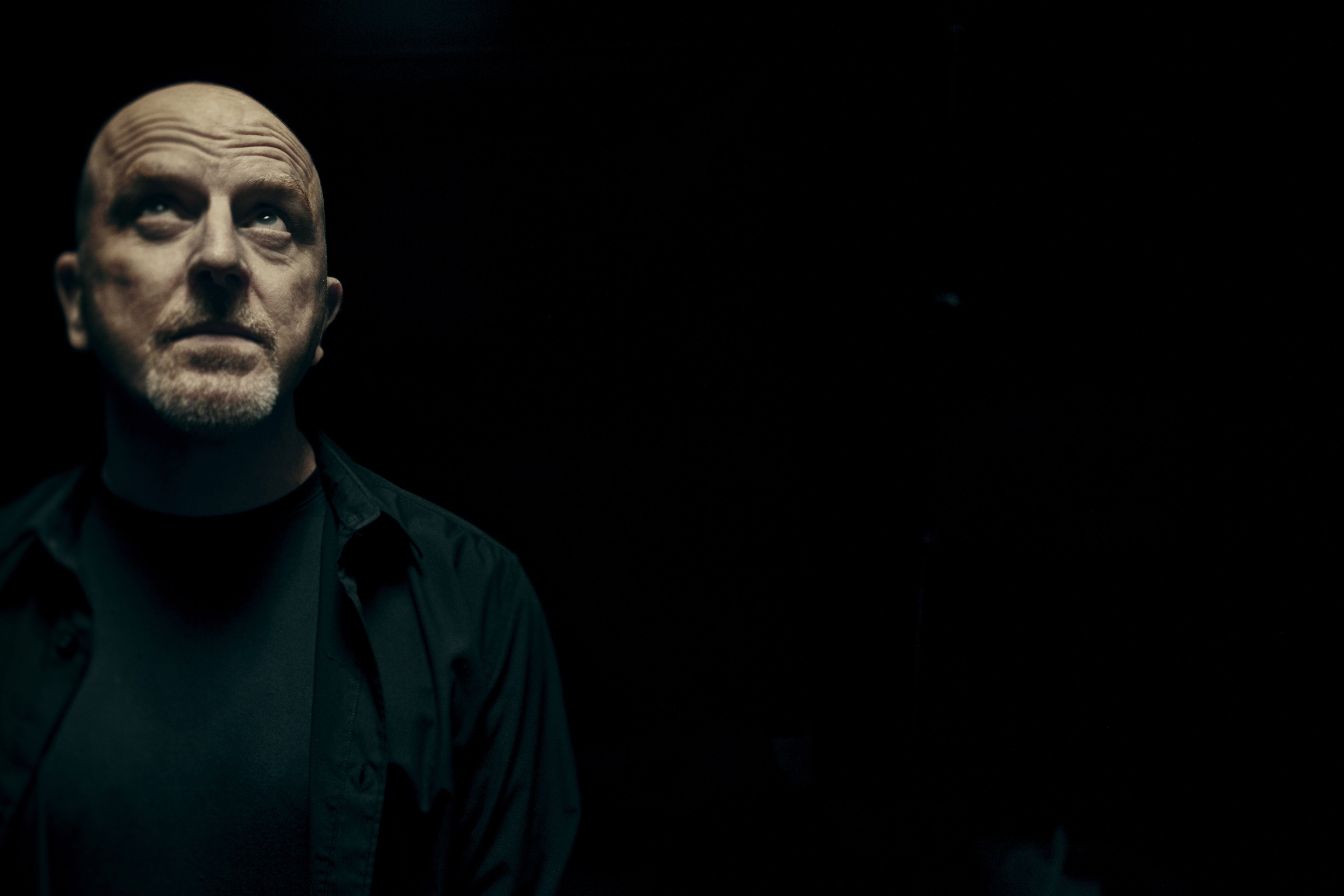RE:VIVE
The Netherlands Institute for Sound and Vision’s new initiative wants to change the way you think about sound archives
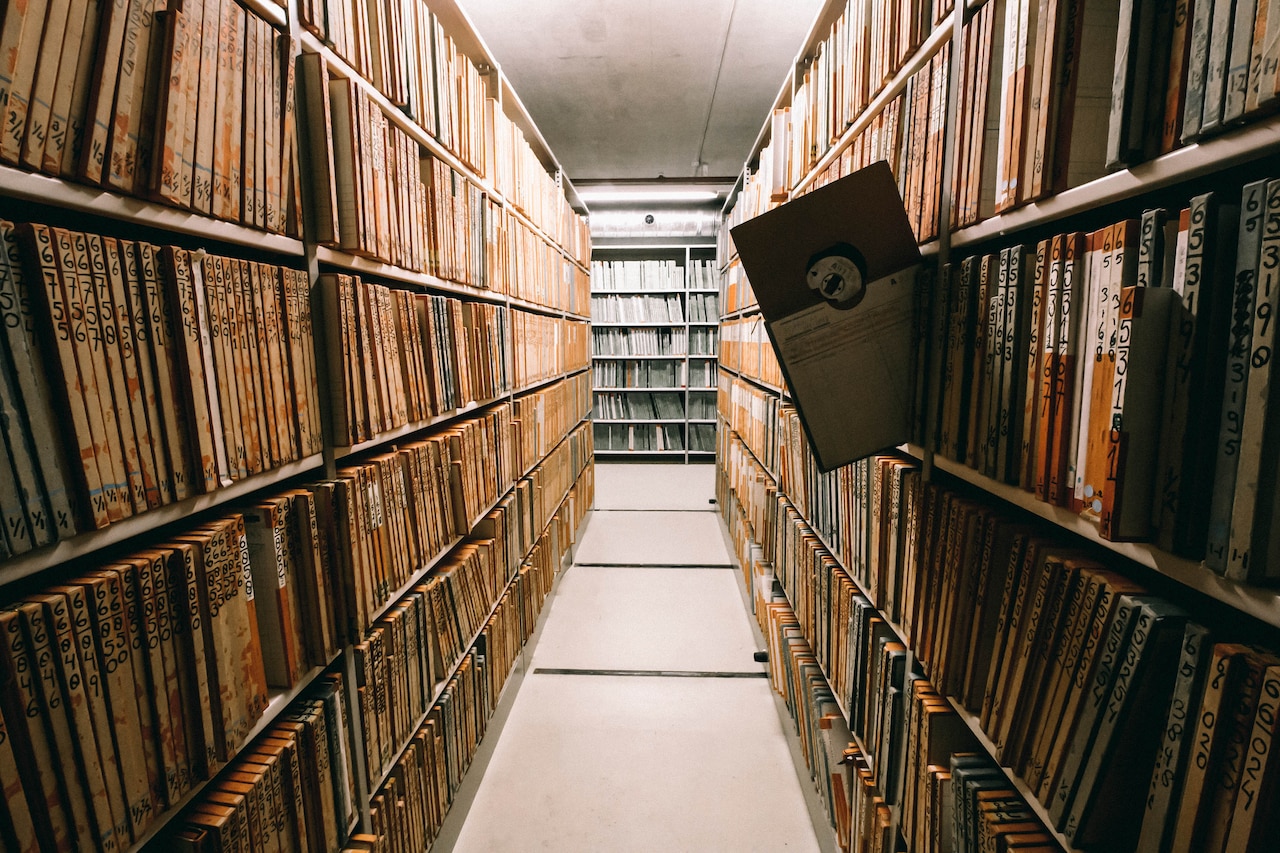
Alighting the train at Hilversum it is impossible to ignore the ornate, almost mosaic appearance of the building directly opposite the station. A towering cube of stained glass, it makes a striking impression as the sunlight illuminates it.
Designed by Willem Jan Neutelings and Michiel Riedijk, the building in question is the Netherlands Institute for Sound and Vision, which serves as a home for Dutch audiovisual collections considered to be of national, historical and cultural importance. Based in a media park a short train ride from the centre of Amsterdam, the institute exists to preserve, manage and exhibit what – at the time of my visit – amounted to over one million hours of material.
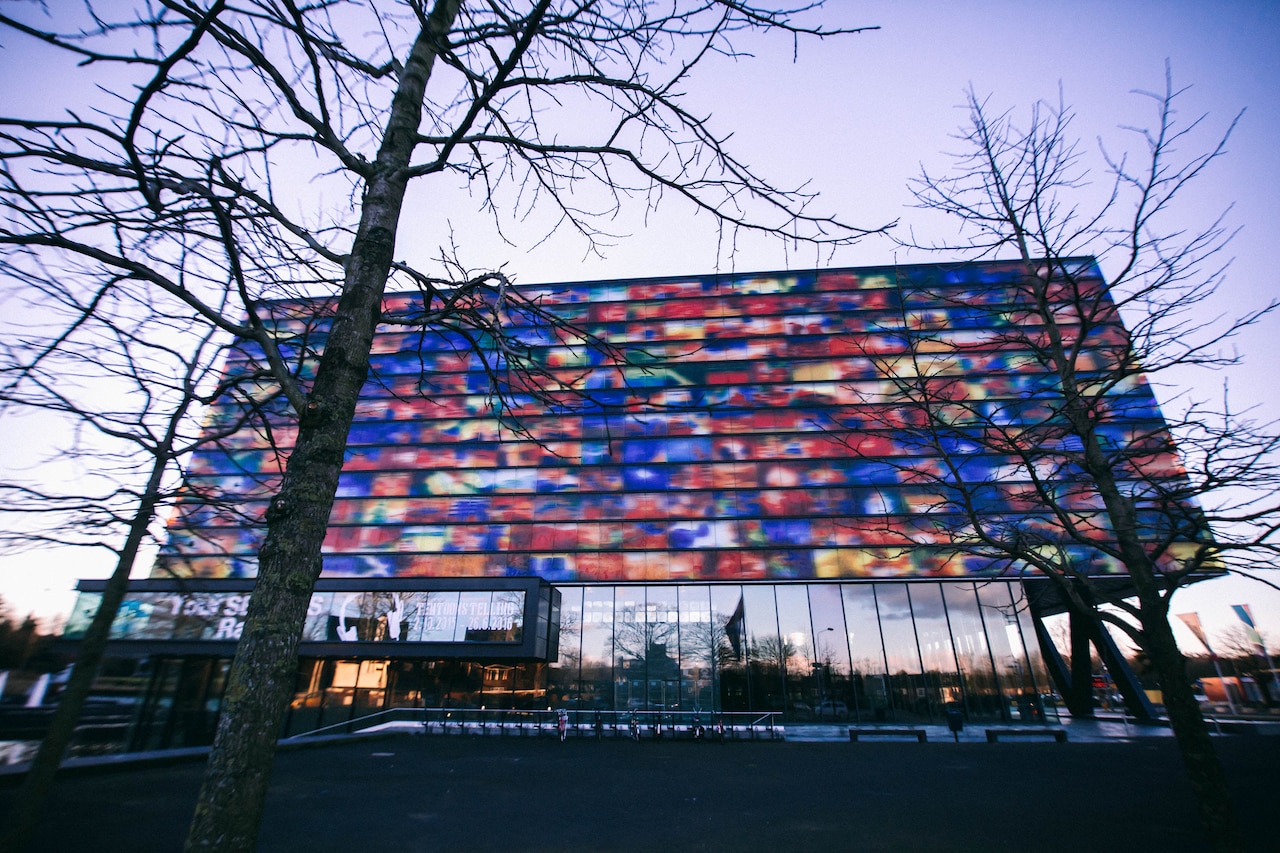
Upon entering the building, the scale of the operation begins to become apparent. A large theatre serves to exhibit parts of the archive to the public, while seven floors of office space rise upwards, containing many staff, some of whom manage to archive Dutch radio and TV broadcasts within four hours of transmission. Crossing an internal bridge, there is a five-floor drop, as 52 storage depots hold hundreds of thousands of items behind closed doors. Grey slate surfaces clash with bright orange walls, the storage floors deliberately kept underground to benefit from the cooler temperature, an extra line of preservation defence.

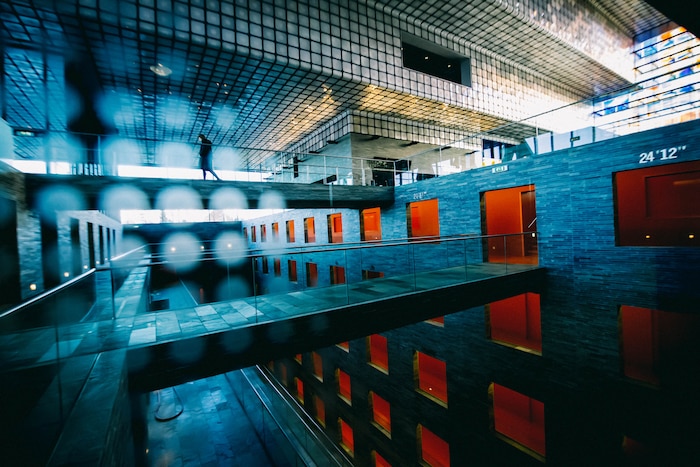
Gregory Markus and Harry van Biessum started the RE:VIVE initiative as a way to have producers engage with the Sound and Vision archive (and, eventually, sound archives worldwide). The institute has excelled at documenting the past, but Gregory believes that the archive could be used to be hear the past.
“There’s been a lot of projects in the past few years in Europe that have been trying to generate or stimulate this creative reuse of cultural heritage content,” explains Markus. “I’ve been involved in these projects [but] I never was seeing anything that kind of stimulated me. ‘Okay, this is a really great idea’. It was missing the mark in terms of getting in touch with the right people... When I saw Matthew Herbert do a Boiler Room session at the British Library, it kind of clicked. Then that was kind of it. I started crafting the idea and trying to talk to as many people in the scene as possible.”
The RE:VIVE sample packs feature found sounds from a wide range of countries and eras. Audio of an axe-grinder sits alongside a recording of an Irish folk song, the sound of a car wash is followed by a 1930s recording of a traditional Japanese song. As long as the sounds are openly licensed and interesting, they stand the chance of being included and offered up to users to manipulate them in any way they please.
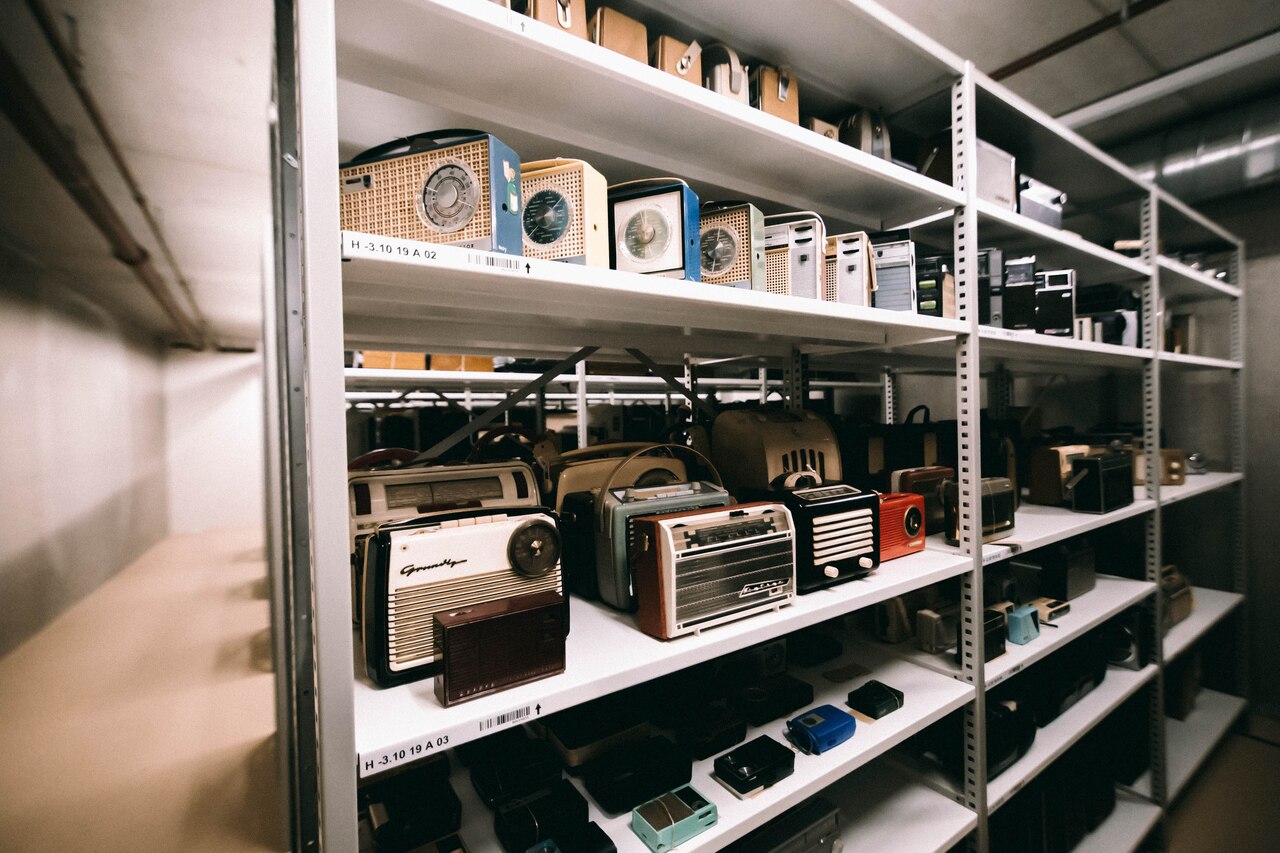
Last year, R&S duo Lakker were invited to the institute to spend time in the archive, with the task of producing music based around the theme of water. So how did two Irishmen, based in Berlin, come to be selected for a Dutch initiative?
“I read a Pitchfork piece on Lakker about how they’re techno story tellers, and I think what got me the most was when they were mentioning field recordings and found sounds. They said, ‘the shittier the quality, the better.’ I thought, ‘Perfect, this is perfect!’”
Lakker turned in several tracks, and listening to a few within the institute, it’s hard to believe that the music originally began life as the noise of a squeaking gate. The music is immediate, complex and listenable, the original source material expertly crafted and transformed into something new.
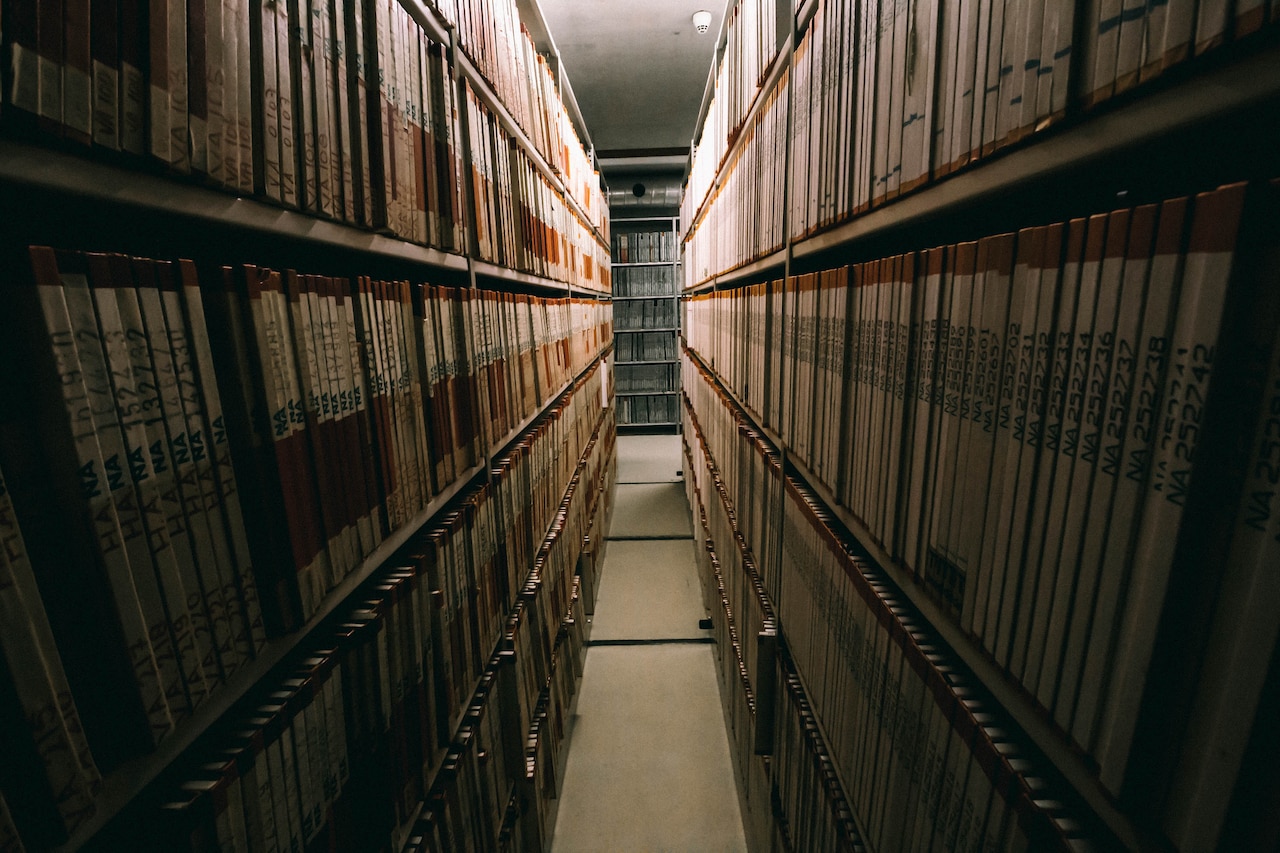
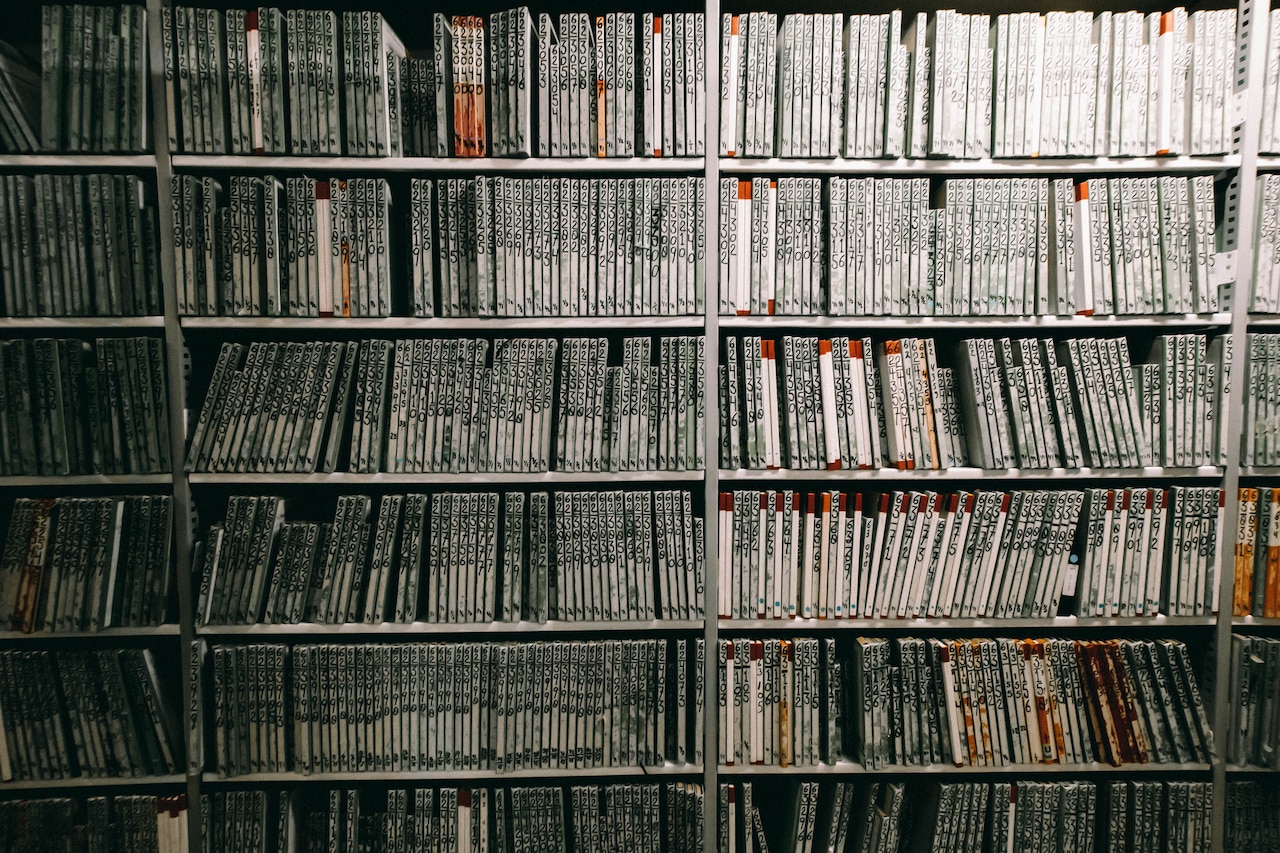
As a result of the initiative, the duo will host a sampling workshop in Amsterdam in association with RE:VIVE and Red Bull Music Academy, with the duo offering advice on sound design and sampling.
“We’ve gone through the collection and pulled out roughly 150 items, ranging from broadcast material to field recordings, all relating to Amsterdam, because obviously the event is taking place in Amsterdam, and so we wanted to keep it local. Participants will be given these materials and they will be challenged to answer, ‘What does Amsterdam sound like to you? If you were to write a song about Amsterdam, a neighborhood, a place or something, how would it sound?’ We’re challenging people to create something conceptual, sonically, musically, by only using sounds that relate to that theme or place.
“I mean obviously it’s taking a little from what inspired RE:VIVE,” continues Markus. “Rock concept albums, like Neutral Milk Hotel’s In the Aeroplane Over the Sea. Matthew Herbert, Matmos. Or MF Doom’s audio collages where they would just cut old radio broadcast and then create these stories. [It’s] just trying to bring all these things together and using kind of a historical part of the archive as the centre point. History as the centre point.”
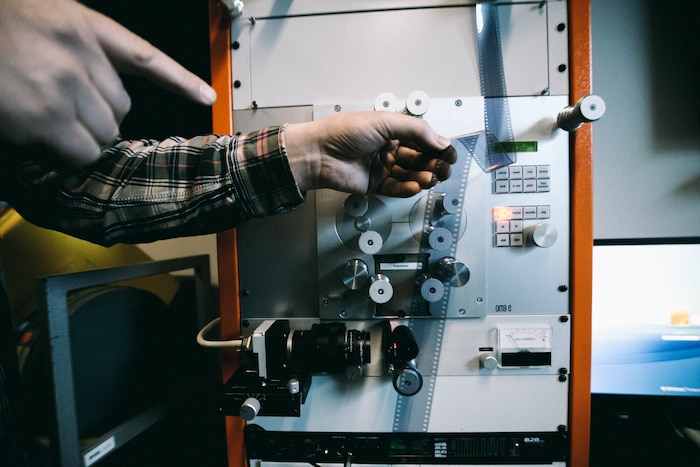
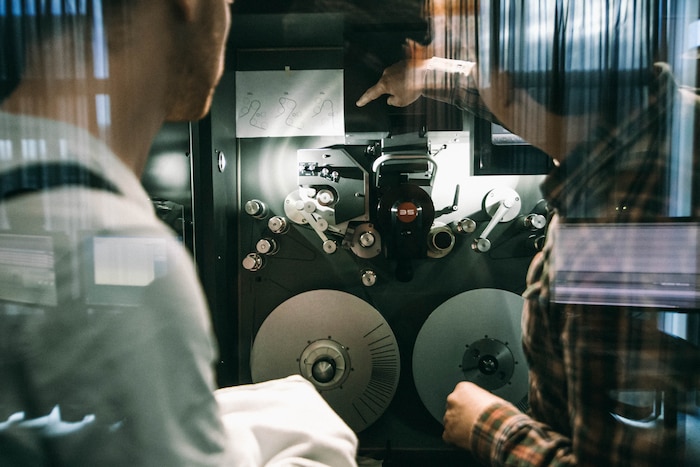
Getting to this point has been no easy feat. The initiative has two main tasks, making people aware of the potential of the archive and categorizing the huge amount of material at the institute’s disposal. Following the conclusion of a seven-year project to digitize hours of audiovisual material (titled Images For The Future) the end result was 90,000 hours of video, 20,000 hours of film, 100,000 hours of audio and over 2.5 million photographs. The total of all digital material is 11.5 petabytes, with an extra 1.5 petabytes being added annually.
“One of our biggest challenges now as an institution is when we get a bunch of material to make sure that it’s properly categorized, like any librarian needs to do... Getting the metadata correct, having it as rich as possible. Pulling out keywords and allowing for specific searches to deliver the results.
It’s hard for people to care about things that they can’t find or that they don’t even know exist.
“I would like to see artists become more engaged with archives, and I would like to see archives being more open to these kind of collaborations,” continues Markus. “I want to show producers who are interested in archives, not just the material but the stories behind them... I would like to see the worlds come closer together... It’s hard for people to care about things that they can’t find or that they don’t even know exist. No one’s going to sift through millions of records to find something. There’s no way to create an interface friendly enough to have someone go through all this material, but if an archive can do small curation, and it can be given then to an artist, then that artist can put it out into the public in an entirely new context.”
RE:VIVE are planning to document their work with Lakker in the form of a video documentary and track breakdown, allowing listeners to see how the samples were transformed into full songs. Markus hopes this will be the next step to “creating a more collaborative environment, because archives are dying for creative reuse. Millions of euros of funding are going into creative reuse, trying to facilitate it. We’re just trying to help it click.”
